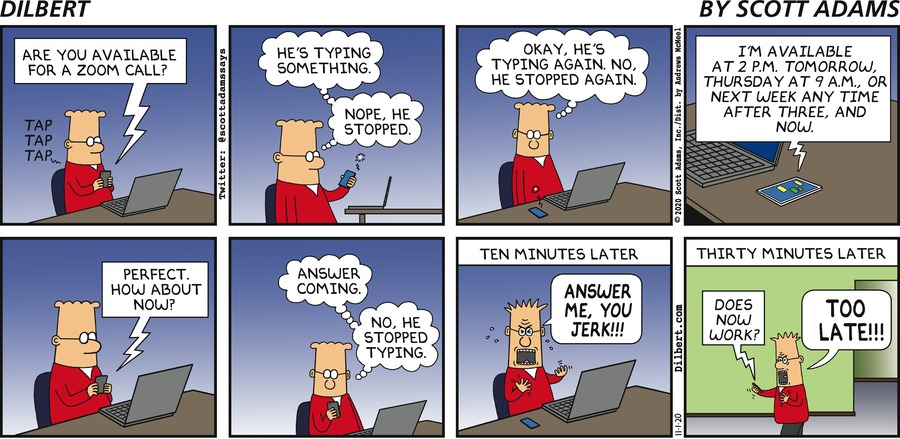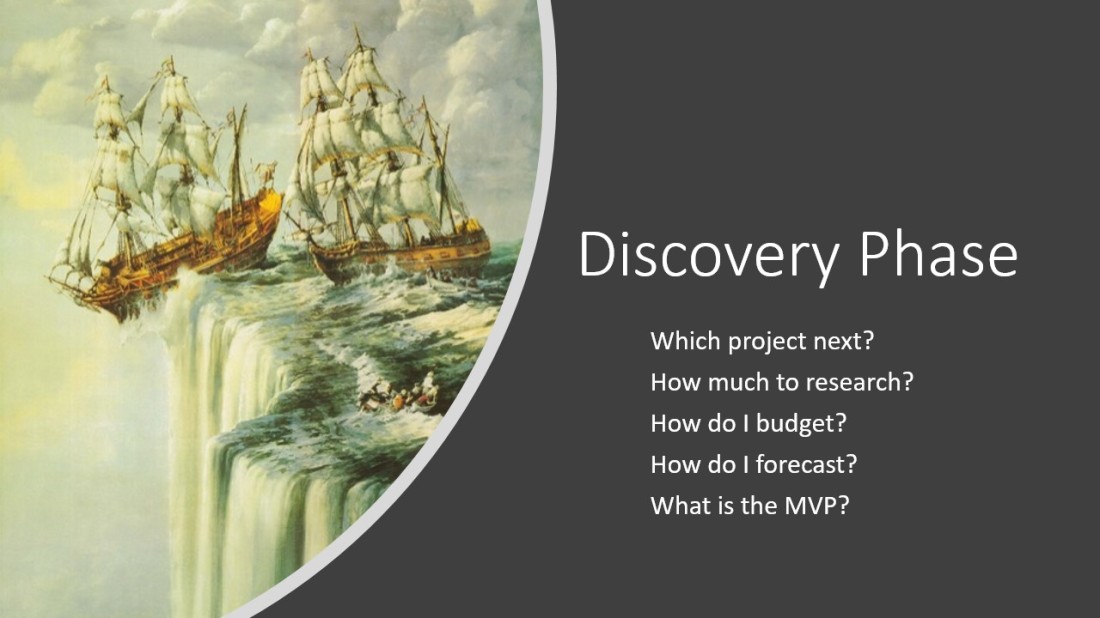‘Community’ along with ‘engagement’ are two terms frequently thrown around by leaders as being important, critical, even crucial, and yet rarely do you get any sense of what the terms mean to them, or indeed to us.
We know they are important, but I do not get the impression that there is a sense of why, or how either can be achieved or how much effort is required for a healthy community to flourish.
I would like to propose that “Community is the overlapping and reinforcing groupings of people who form the foundation of an employee’s experience. These overlapping and intersecting communities enable higher levels of trust and a sense of belonging, which ultimately leads to higher morale and productivity.”
However, my observations are that uncoordinated and haphazard activities with no clear purpose are largely ineffective and in many cases work against the very community and engagement we are trying to achieve.
Without consideration to the underlying structure or the desired outcome, the activities can be fun, but large anonymous events or small interactions with people you are unlikely to work with in the future can be unfulfilling and draining. Both provide extremely limited value to the company or will lead to ongoing feelings of community.
Similarly, tools like Slack offer fantastic opportunities to interact but lack coordination or deliberate inclusivity and become more powerful when used as supplemental to other more targeted actions to build community. This type of interaction can reinforce community, but it is often intimidating as a means for creating the initial base level community especially when the numbers in the channel are high. More deliberate activities are better used as a catalyst to connectivity with Slack used as a venue for reinforcement.
“Employees leave bad managers, and stay for good friends”
We often hear “employees leave bad managers, and stay for good friends” This reflects the fundamental importance of the relationships with your managers and your co-workers. If we fail to address these two elements, the other aspects of a job become far less important to employee engagement. The result is higher turnover and low morale issues.
Turning relationships into a community
Most of us fall into a variety of tribes or smaller intersecting and overlapping groups. Some are organizational, some are shared interests, and some are proximity.
Prior to the pandemic and the move to remote work, proximity was one of the most powerful sources of community. Getting coffee, hallway conversations, small talk while waiting for meetings to start, lunch, even the elevator, these were all opportunities to interact and feel connected. Those interactions alone are not enough to build a community. But when paired with a secondary connection those bonds become stronger. Say you were on a team together for a while or you were both on the same training course, you watch the same TV show, or you both play football. When you add a 2nd or 3rd or 4th connection you become closer still.
Many of us crave those interactions and connections, we want to recognize others and be recognized ourselves. But how does that help from a business standpoint?
In business we have learned that teams that trust each other are more effective, teams who feel comfortable getting involved and speaking up are more productive, those relationships and connections create a base level of comfort and trust which enables more effective participation. Those friendships are not incidental to effective teams, they are a crucial part of becoming effective teams. Research also shows that having ‘friends’ at work is a significant factor in reducing turnover.
We do not need to be best buddies with everyone we work with but if we can overcome a sense of anonymity and start to feel we know others and are known by others. That is often enough to turn people from being a group to being a team.
It becomes more powerful too, when the manager, or other leadership are part of those tribes. Having a connection to your leaders builds that same level of trust with them, and the feeling that your manager knows you personally can be a powerful team building factor.
From a business perspective the key is to make those relationships force magnifiers. Create opportunities for overlapping and intersecting communities. Spend time getting to know your teammates and managers. Build relationships across roles or departments especially when you are likely to interact with them. Each additional connection with a coworker reduces that anonymity and helps employees feel more connected to the organization.
There are also subtle ways to build a sense of belonging and association, branded clothing is a badge of participation and when others wear the same you feel connected. Shared in-jokes and shared experiences all add to that sense of connection. The key is to incrementally build on the relationships in the communities where the benefit concentrates the impact rather than dilutes it.
Dunbar’s Number
“The people you would not feel embarrassed about joining uninvited for a drink if you happened to bump into them in a bar.”
Robin Dunbar
There comes a point when the community becomes so large that even with multiple connection points individuals feel that they are on the periphery or are anonymous in the crowd. Robin Dunbar (A British anthropologist) described this feeling as “People you would not feel embarrassed about joining uninvited for a drink if you happened to bump into them in a bar.” If we gloss over the British predilection for bars and think of it in terms of any groups which you would feel comfortable joining at a work event – uninvited. Dunbar suggests that for most people there is a pragmatic limit of 150 people we can feel connected to, and beyond that number feelings of disconnection and anonymity become common.
The lesson from this is to structure your teams or tribes into groups of 150 or less, with as many opportunities for reinforcing feedback loops and connection points. Structure work; events; activities; communication; and interactions to be as much as practical within groups of that size. This enables people to feel a powerful sense of connection, community, and engagement with that core group. That sense of security for being a member of a core group can give people the confidence to network beyond the group. But if you try to structure a community with a much larger group the result will be a lower sense of community and connection ironically with fewer people who feel comfortable engaging in conversations or activities. In this situation less is truly more.
Summary - Community is the core of employee engagement.
- Structure work communities in groups of 150 or fewer.
- Make time for social interaction – if remote be more deliberate about it.
- Remote interactions are about 75% less effective than in person so expect to spend 4 times as much time on icebreakers and getting to know people than when in person to make up for the lost “incidental” interactions.
- Activities should be organized with a view to ever decreasing concentric circles, the goal is more meaningful connections and more frequent interactions at each layer of the circles with the strongest connections with your immediate core team and your manager at the center.
- If you limit the interactions at the core team, then you create silos – change becomes harder and the impact of restructuring and re-teaming can be overwhelming to some.
- If you go too broad, then anonymity ensues with people not feeling at the center of anything.
- More varied connection points build stronger relationships. Stronger relationships result in lower turnover and consequently more productive and happier teams. This is the ultimate win-win scenario.





















































